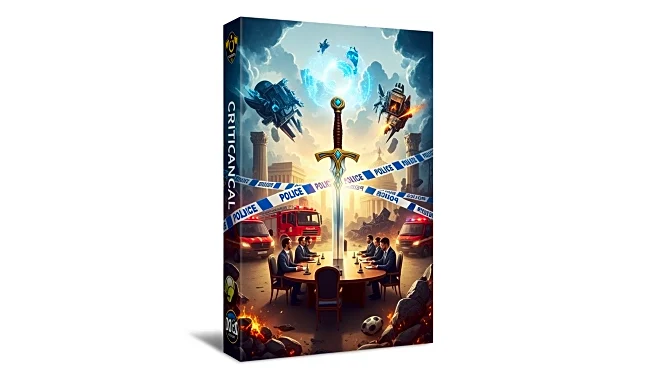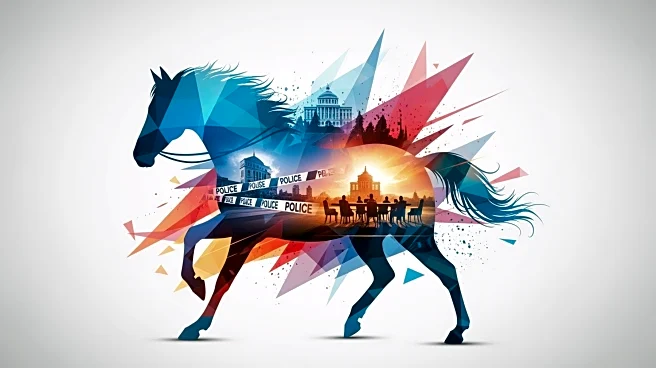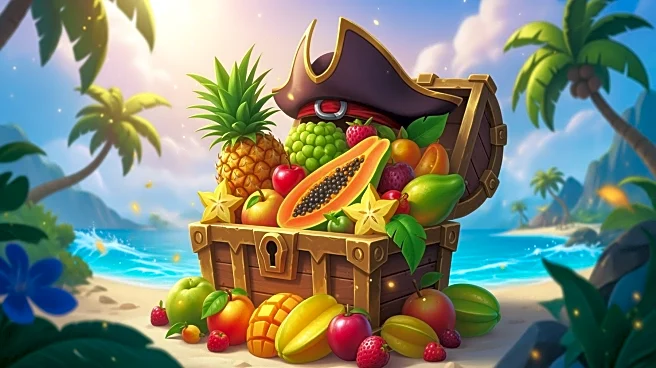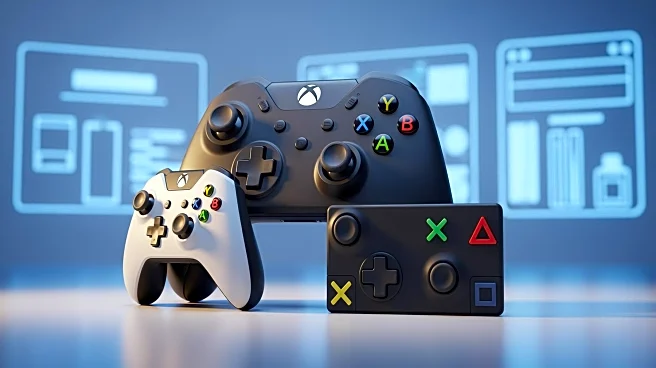What's Happening?
Koei Tecmo, a publisher known for the Atelier series, has made a notable adjustment to the box art of its game 'Atelier Lulua: The Scion of Arland'. The original artwork, created by Japanese illustrator
Mel Kishida, featured a horse that was deemed too captivating, overshadowing the main character, Lulua. As a result, the horse was cropped out in the final packaging and listings on platforms like Steam and the Nintendo shop. This decision was made after feedback indicated that viewers' attention was drawn more to the horse than the character, prompting Koei Tecmo to alter the artwork to better align with the game's focus.
Why It's Important?
This incident highlights the influence of visual elements in marketing and consumer perception within the gaming industry. The decision to crop the horse from the box art underscores the importance of ensuring that promotional materials effectively represent the intended focus of a product. It also reflects the challenges artists face in balancing creative expression with commercial objectives. The response from the gaming community, which included efforts to restore the horse's prominence, illustrates the impact of art on audience engagement and the potential for unexpected elements to become focal points.
What's Next?
While the immediate consequence was the alteration of the box art, the broader implications may involve discussions within the industry about the role of visual design in marketing strategies. Koei Tecmo's decision could prompt other companies to reassess how they approach artwork and character representation in promotional materials. Additionally, the community's reaction might influence future artistic choices, encouraging publishers to consider audience feedback more closely when designing game-related visuals.
Beyond the Headlines
The cropping of the horse from the box art raises questions about artistic integrity and the commercial pressures faced by creators. It highlights the tension between maintaining artistic vision and meeting marketing demands. This scenario could lead to broader conversations about the value of art in gaming and how it can be leveraged to enhance rather than detract from the intended narrative or focus.











